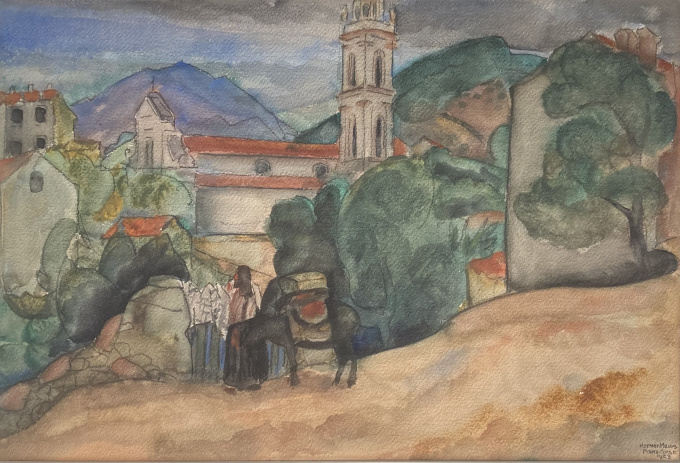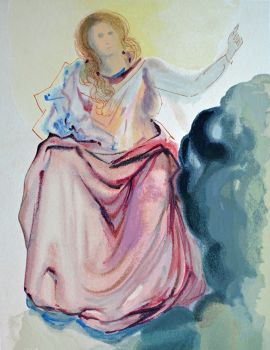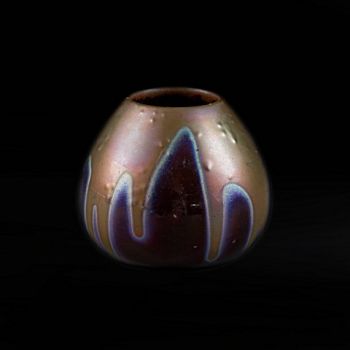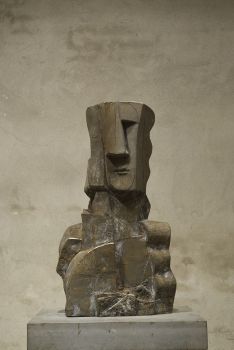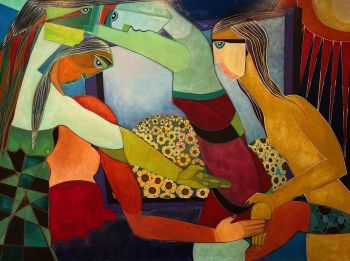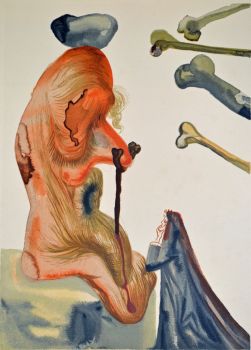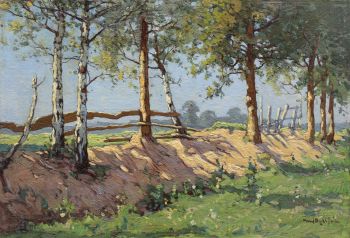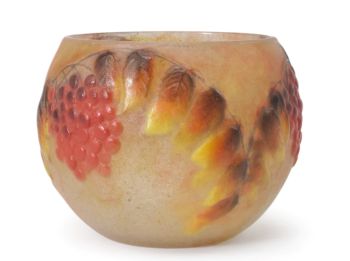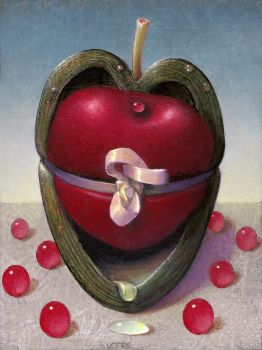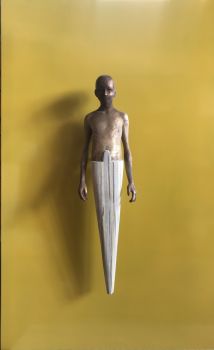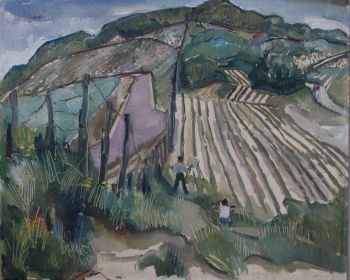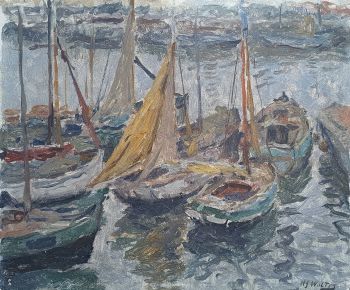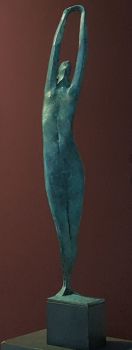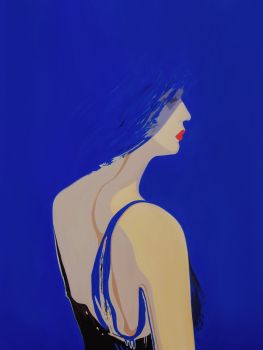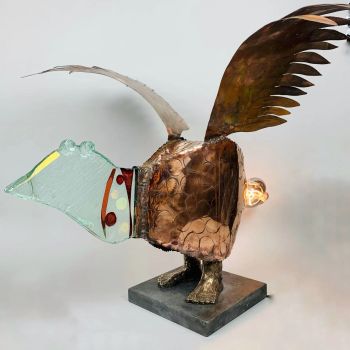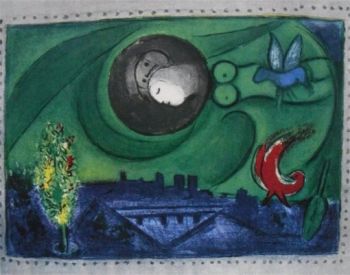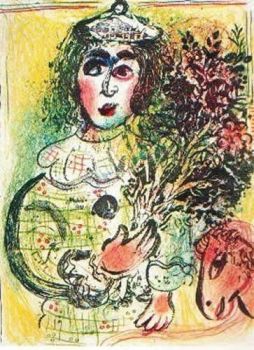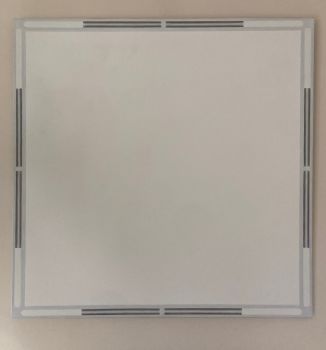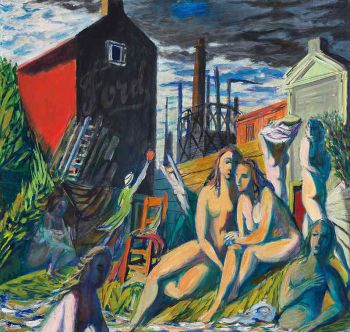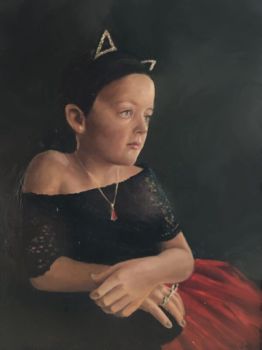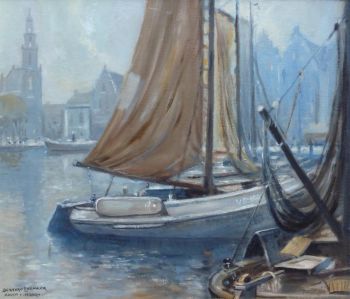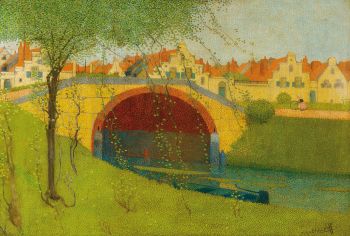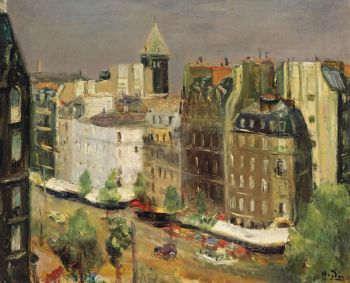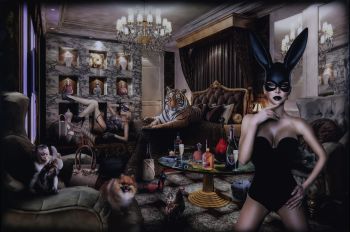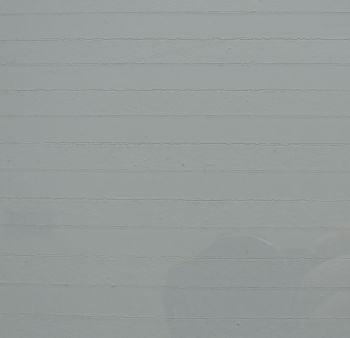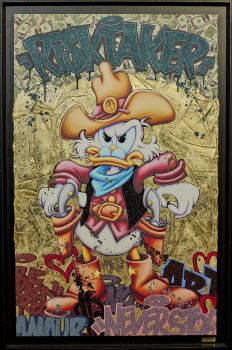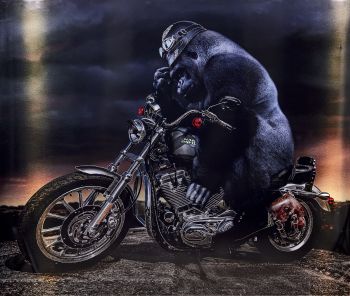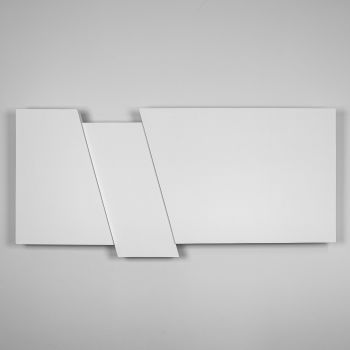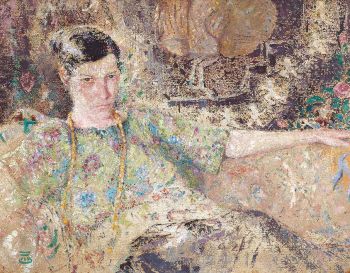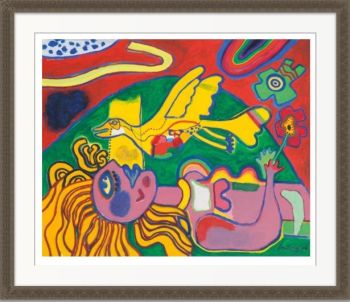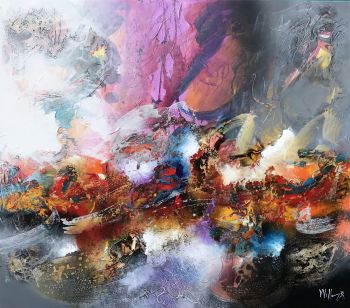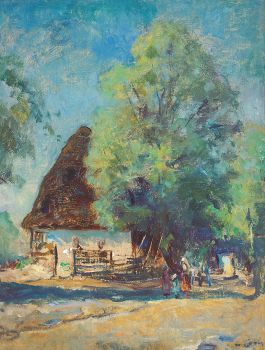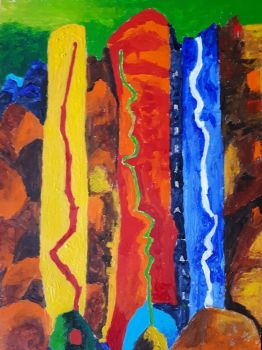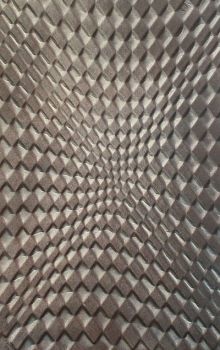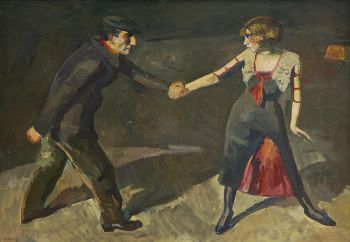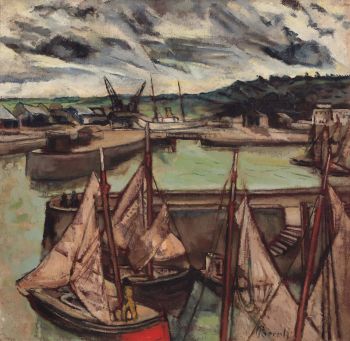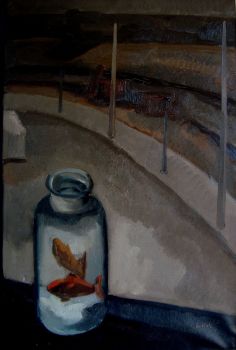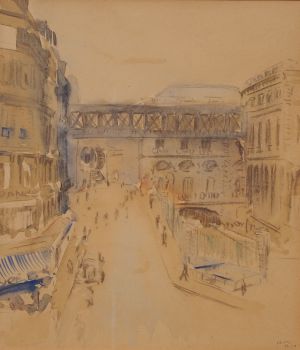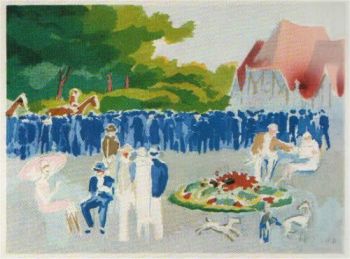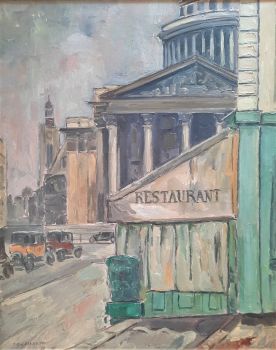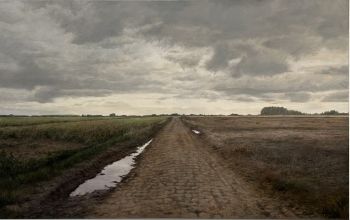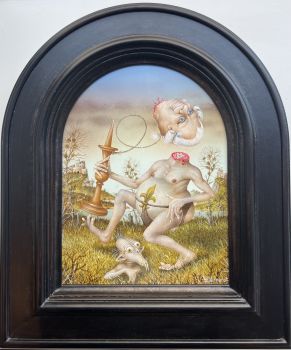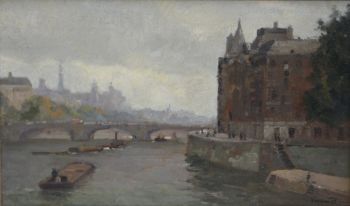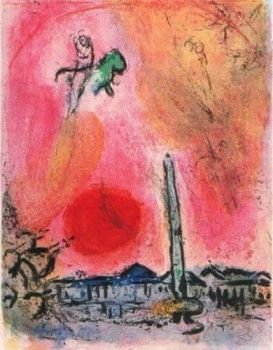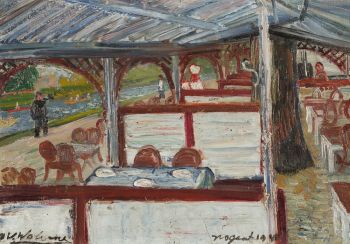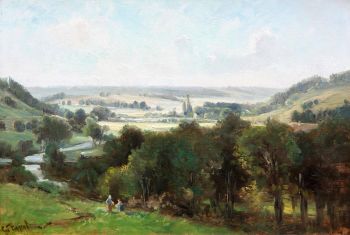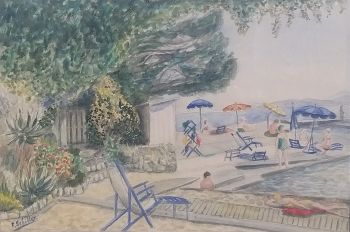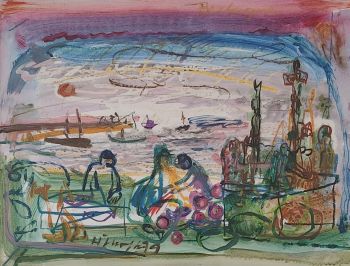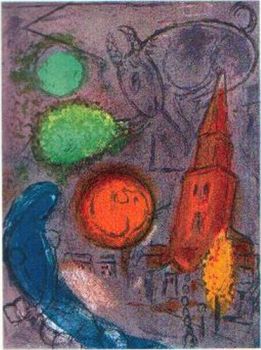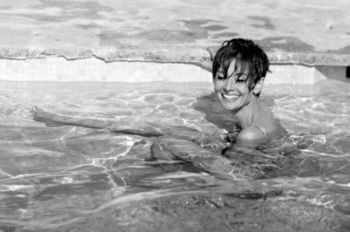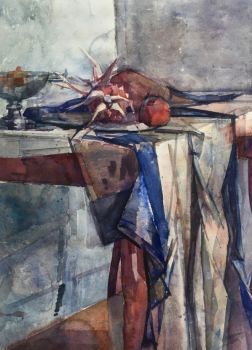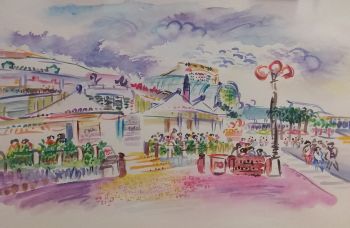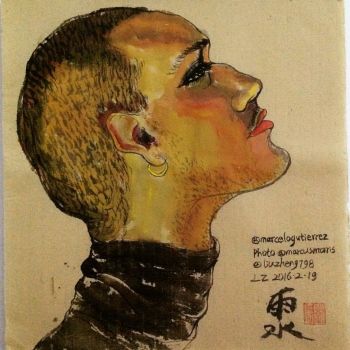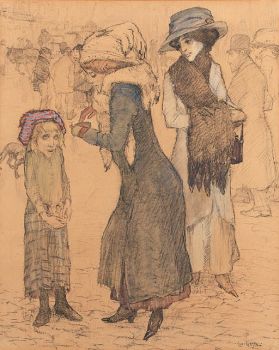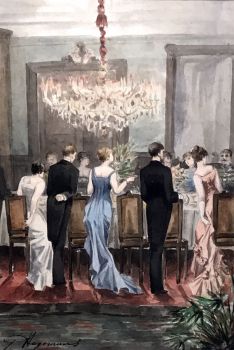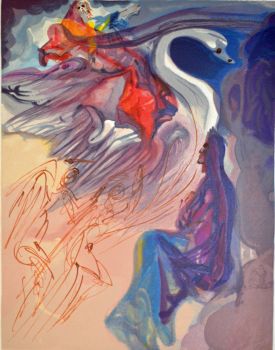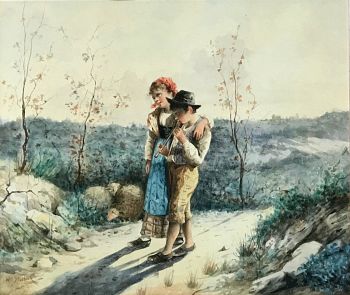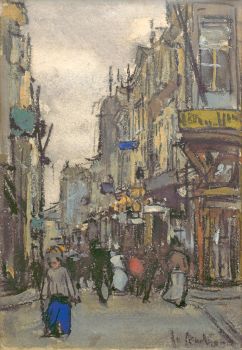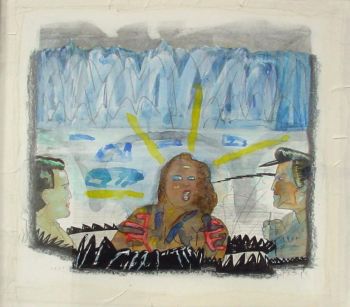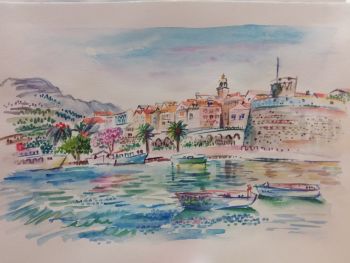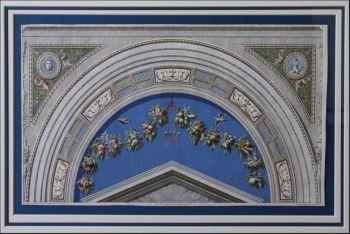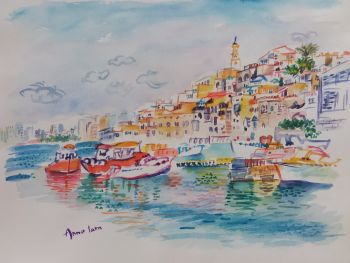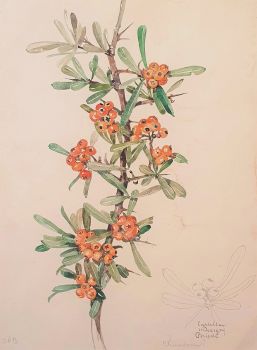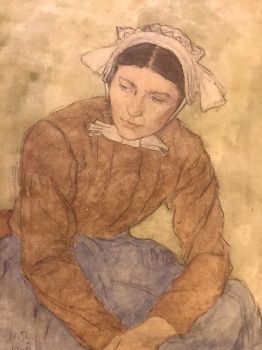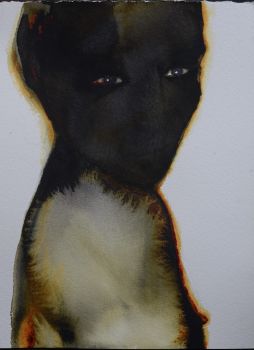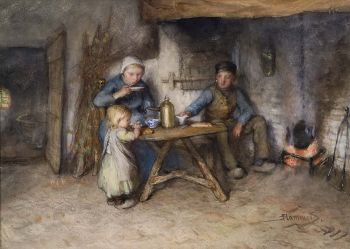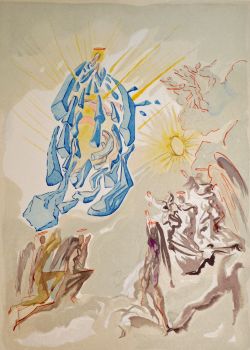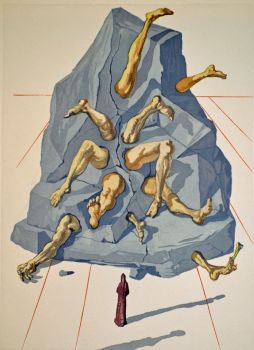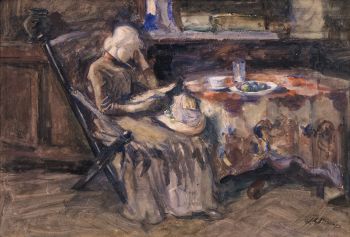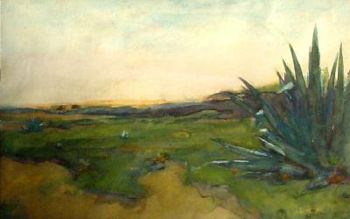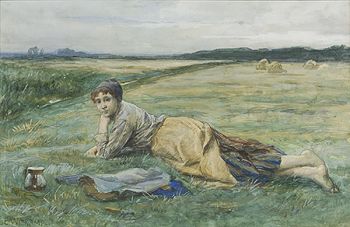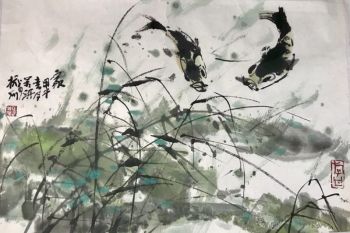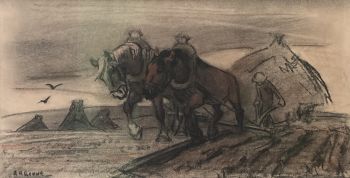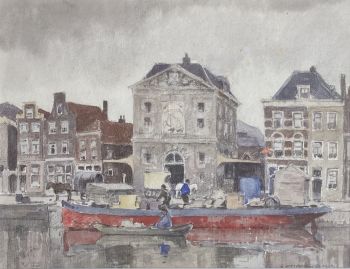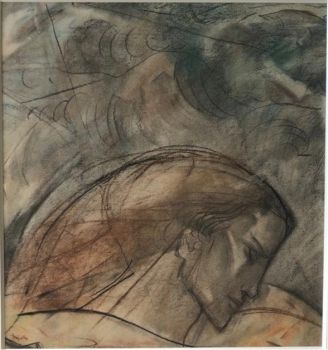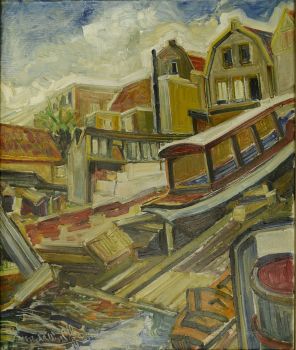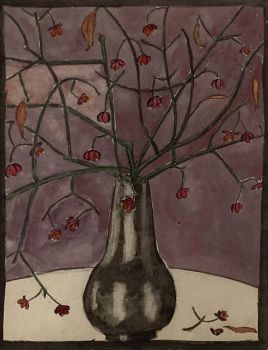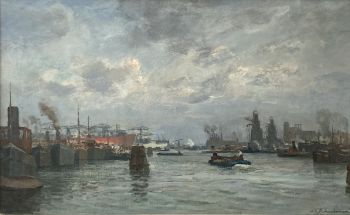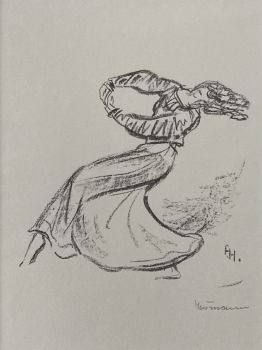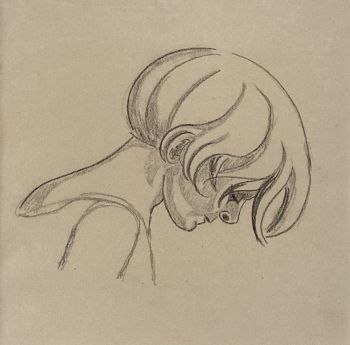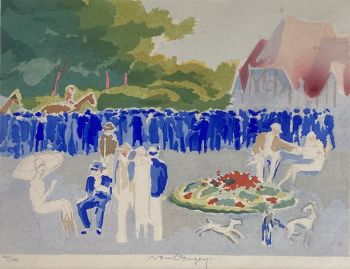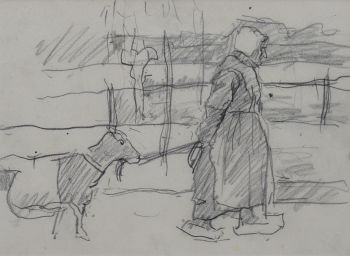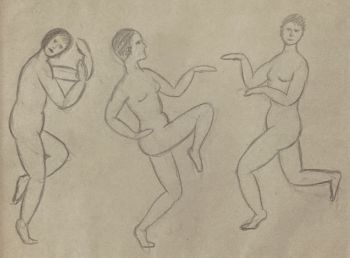Piana Corsica 1923
Harmen Meurs
Acuarela
33.50 ⨯ 49.50 cm
Actualmente no disponible a través de Gallerease
Artiquair
- Sobre la obra de arteMeurs studied in the evenings at the Rijksakademie van Beeldende Kunsten in Amsterdam. He lived and worked mainly in Wageningen, Amsterdam and he traveled a lot to France. From 1919, Meurs was able to run his own studio. In the same year he joined the artist group De Onafhankelijken. Which artist spent a lot of time at Corsica.
As a painter, Meurs developed into a successful artist, who also exhibited abroad. He painted landscapes, figures and still lifes in an initially post-impressionistic style. Because he was inspired by the Cubism expressionism (Bergense School) and the Fauvism of Kees van Dongen (1877-1968), his work became increasingly realistic from the 1920s. It showed a relationship with the 'Neue Sachlichkeit'. From 1925 he started to work more realistically.
Harmen Meurs was friends with Carel Willink (1900-1983). Willink later characterized the painter as a 'dandy' because of his always neat clothing and appearance. With neatly trimmed long sideburns. This was not to say, however, that Meurs was only active in elite artistic circles. On the contrary.
Meurs was appointed chairman of The Independents in 1929. In this position he organized the controversial exhibitions Neue Sachlichkeit (1929) and of French and Belgian surrealists (1930).
As an anti-fascist, he expressed his social commitment and political stance by bringing in a banned exhibition from Berlin in 1933 - as chairman of the Independents. The Amsterdam mayor Van der Vlugt and director Baard of the Stedelijk Museum banned the exhibition.
During the occupation he refused to become a member of the Reichskulturkammer and thus became isolated as an artist. During the war he continued to paint anti-Nazi works. After the occupation he left Amsterdam and moved into a house near Putten with his wife, the Jewish painter Berthe Edersheim.
After the war he led a more or less withdrawn life. Disappointed with what had happened in WW II. - Sobre el artista
Harmen Hermanus Meurs fue un pintor y acuarelista holandés. Entre 1909 y 1912 fue a la Rijksschool voor Kunstnijverheid ya la Rijksakademie van Beeldende Kunsten (Academia Nacional de Bellas Artes), ambas en Ámsterdam. Fue alumno de Louis Raemaekers, caricaturista político. En 1918, Meurs se unió a la asociación de artistas De Onvangenen (Los independientes). Fue su presidente hasta 1932.
Meurs se convirtió en un artista muy conocido que también expuso en el extranjero. Pintó paisajes, paisajes urbanos y retratos, pero se especializó principalmente en pintar escenas campesinas y bodegones de flores. Su estilo inicialmente fue postimpresionista. Posteriormente se inspiró en el expresionismo y el fauvismo. A partir de 1925, su obra se vuelve más realista y se asemeja a la 'Neue Sachlichkeit' (Nueva Objetividad).
Estuvo activo en los Países Bajos y Francia. Fue a París para una exposición de surrealismo alemán y belga en 1930, en nombre de De Onvangenen. Esa exposición, en el Stedelijk Museum, fue la primera exposición sobre surrealismo en los Países Bajos.Meurs fue un feroz oponente de los nazis y lo demostró en sus obras. Se negó a convertirse en miembro de la Reichskulturkammer y se aisló como artista. Después de la guerra viajó a España y Francia. Meurs siguió pintando hasta su muerte en 1964.
¿Está interesado en comprar esta obra de arte?
Artwork details
Related artworks
- 1 - 1 / 1
- 1 - 4 / 24
Bernard Leemker
'Volendammer vissersboten in de haven van Hoorn´20th century
Precio a consultarGalerie Gabriëls
Marcel Jefferys
Jeune femme au collier dans un intérieur1890 - 1922
Precio a consultarStudio 2000 Art Gallery
1 - 4 / 24Bob Buys
Paris, Gare de L'Est, Passerelle de la Rue d'Alsace1940 - 1950
Precio a consultarAdelwein Kunst
Herman Bogman jr.
Le Pont au Change et Le Conciergerie in Paris 1935 - 1945
Precio a consultarAdelwein Kunst
1 - 4 / 20Herman Bogman jr.
Flower still life of a nasturtium in a blue vase1950 - 1965
Precio a consultarAdelwein Kunst
Bernardus Johannes Blommers
VADER EN MOEDER MET KIND AAN TAFEL1845 - 1914
Precio a consultarStudio 2000 Art Gallery
1 - 4 / 24- 1 - 4 / 12

